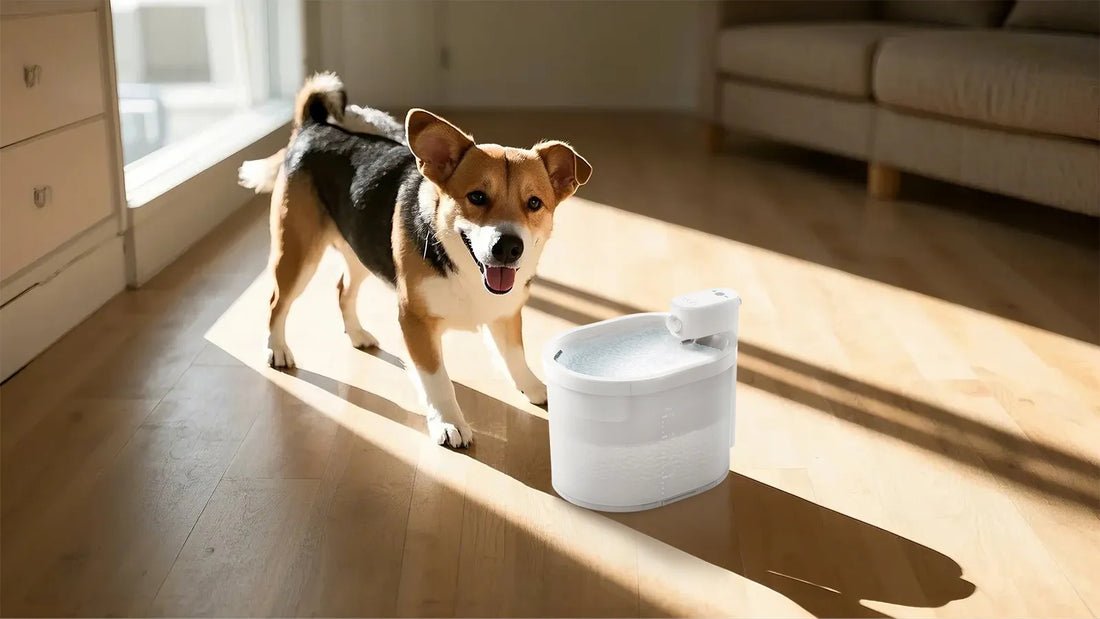If you've noticed that your cat doesn't drink water, it's natural to feel concerned. Cats, like all living creatures, require adequate hydration to maintain their health. However, unlike dogs, cats often have a more subtle relationship with water. Understanding why your cat might be avoiding water and how to address it is crucial for their well-being.
Why Cats Might Avoid Drinking Water
Cats are descendants of desert-dwelling ancestors, which means they have evolved to obtain most of their moisture from their prey rather than from standing water. This evolutionary trait can sometimes make them less inclined to drink water from a bowl. Here are some common reasons why your cat might not be drinking water:
- Preference for Running Water: Many cats prefer running water over stagnant water. This is because in the wild, running water is often safer to drink.
- Bowl Placement: The location of the water bowl can influence your cat's drinking habits. Cats may avoid drinking if the bowl is placed near their food or litter box.
- Bowl Type: Some cats are picky about the type of bowl they drink from. Plastic bowls, for example, can retain odors that might deter your cat.
- Health Issues: Certain medical conditions, such as kidney disease or dental problems, can make drinking water uncomfortable for your cat.
Health Risks of Dehydration in Cats
Dehydration in cats can lead to serious health issues. Even mild dehydration can cause lethargy, dry gums, and a loss of appetite. Severe dehydration can result in organ failure and even death. It's essential to recognize the signs of dehydration early:
- Lethargy: A dehydrated cat may appear unusually tired or inactive.
- Dry Gums: Check your cat's gums; if they are dry or sticky, it could be a sign of dehydration.
- Sunken Eyes: Dehydration can cause the eyes to appear sunken or dull.
- Loss of Skin Elasticity: Gently pinch the skin on the back of your cat's neck. If it doesn't spring back quickly, your cat may be dehydrated.
How to Encourage Your Cat to Drink More Water
If your cat doesn't drink water, there are several strategies you can try to encourage them to stay hydrated:
- Provide Fresh Water Daily: Ensure that your cat always has access to fresh, clean water. Change the water at least once a day.
- Use a Cat Water Fountain: Many cats are attracted to the sound and movement of running water. A cat water fountain can be an excellent investment.
- Experiment with Bowl Types: Try using different types of bowls, such as stainless steel or ceramic, to see if your cat has a preference.
- Add Water to Food: If your cat eats wet food, you can add a little extra water to increase their moisture intake.
- Multiple Water Stations: Place water bowls in various locations around your home to make it easier for your cat to access water.
When to Consult a Veterinarian
If you've tried various methods to encourage your cat to drink water and they still refuse, it's time to consult a veterinarian. Persistent refusal to drink water could indicate an underlying health issue that requires professional attention. Your vet may perform tests to rule out conditions such as kidney disease, diabetes, or dental problems. Early detection and treatment are key to managing these conditions effectively.
Ensuring your cat stays hydrated is vital for their overall health and well-being. By understanding the reasons behind their reluctance to drink water and implementing practical solutions, you can help your feline friend lead a healthier, happier life. Remember, a hydrated cat is a happy cat!













